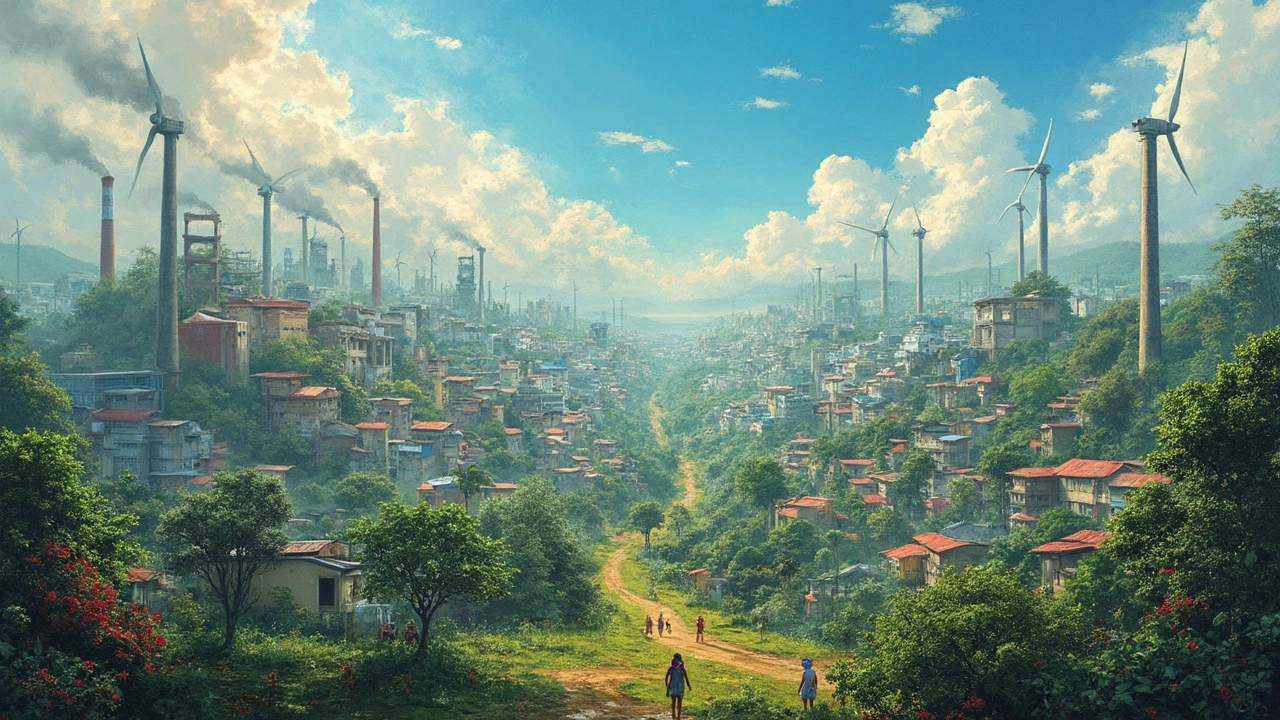Environmental Impact: How Tech and Energy Choices Shape India's Future
When we talk about environmental impact, the total effect human activities have on natural systems like air, water, soil, and biodiversity. Also known as ecological footprint, it’s not just about pollution—it’s about how we power our homes, grow our food, move around, and even treat disease. In India, this isn’t theoretical. It’s happening right now in village solar grids, urban waste plants, and labs developing biodegradable plastics.
One of the biggest drivers of environmental impact is energy source, the way we generate electricity and fuel. Clean energy like wind power, a renewable energy source that generates electricity with near-zero emissions and minimal land disruption and solar energy, a rapidly growing source that now costs less than coal in most parts of India are cutting emissions fast. These aren’t just green ideals—they’re economic choices. Solar panels on rooftops, wind farms in Rajasthan, and biogas from farm waste are replacing dirty fuels that used to choke cities and poison rivers.
Then there’s pollution, the release of harmful substances into the environment. It shows up in plastic choking rivers, smoke from factories, and chemicals leaching into groundwater. But solutions are emerging. Public health programs are tackling this too—clean water projects, smoke-free laws, and waste management drives are reducing disease and protecting ecosystems. Biotechnology is stepping in with microbes that break down plastic and enzymes that clean industrial effluent. These aren’t sci-fi ideas. They’re being tested in labs across Bangalore, Pune, and Hyderabad.
And it’s not just about stopping harm—it’s about redesigning systems. Technology transfer isn’t just about moving inventions from labs to factories. It’s about making sure those inventions actually reduce environmental impact. A new AI tool that optimizes traffic flow cuts emissions. A low-cost water purifier prevents disease and reduces plastic bottle use. A biotech company making lab-grown meat slashes land and water use compared to cattle farming. These are the real wins.
The good news? India’s environmental impact isn’t rising—it’s being rewritten. From the fastest-growing solar energy market in the world to public health programs that saved millions from polio and malaria, the tools are here. The question isn’t whether we can do better. It’s who will lead the change next.
Below, you’ll find real stories of how researchers, engineers, and health workers are turning ideas into action—cutting pollution, replacing fossil fuels, and building a cleaner future without waiting for permission.




